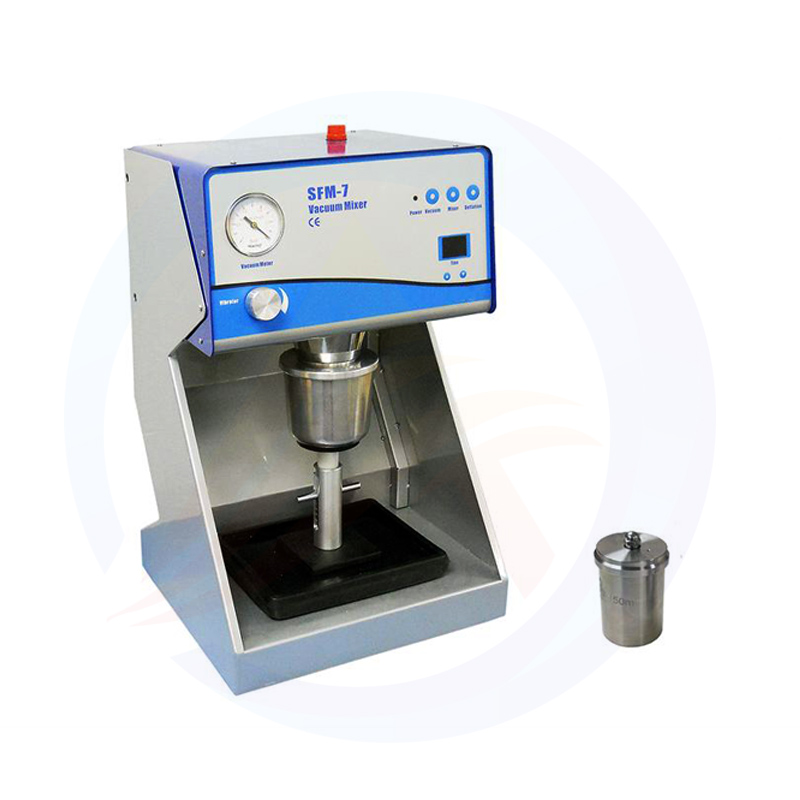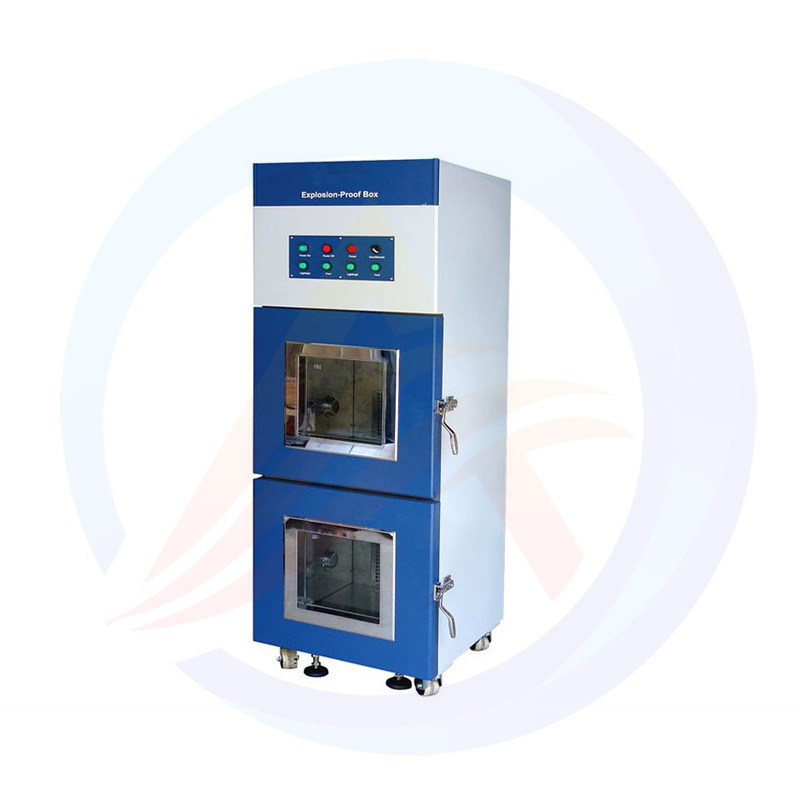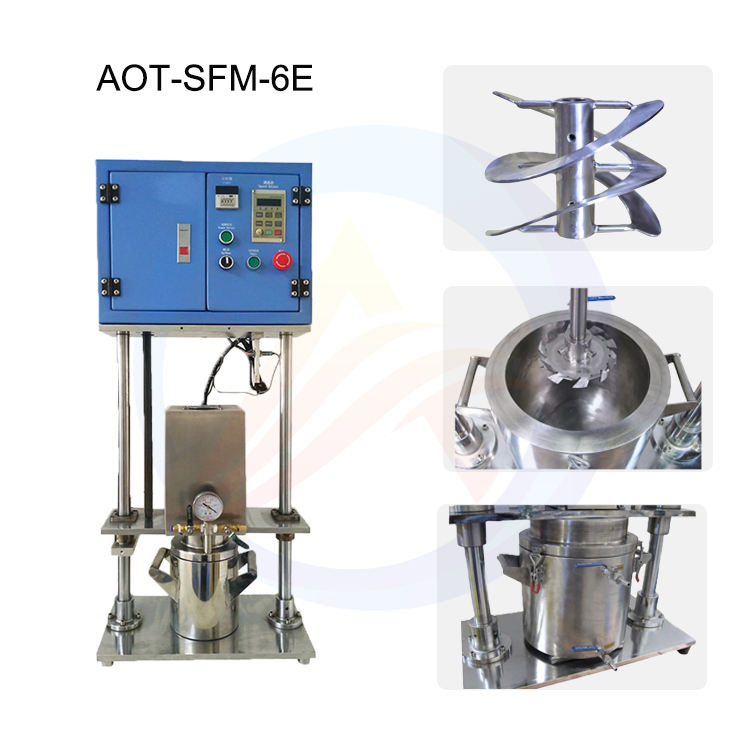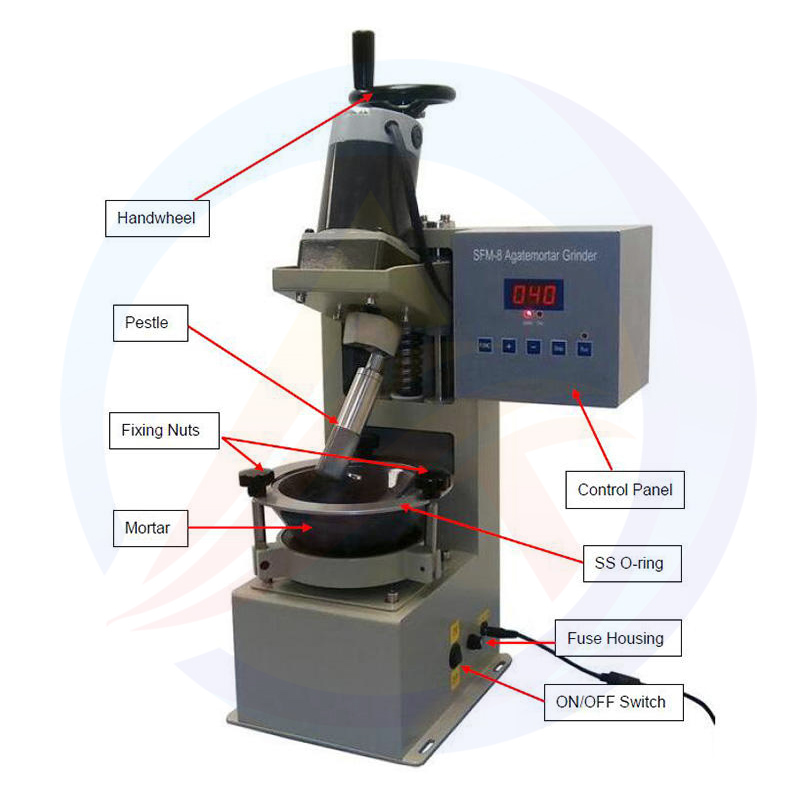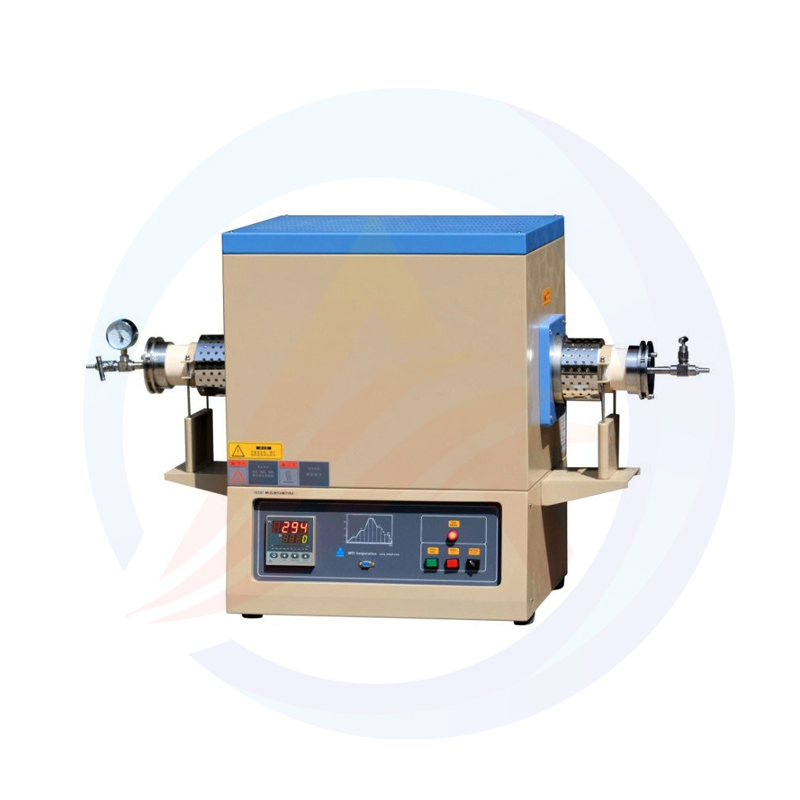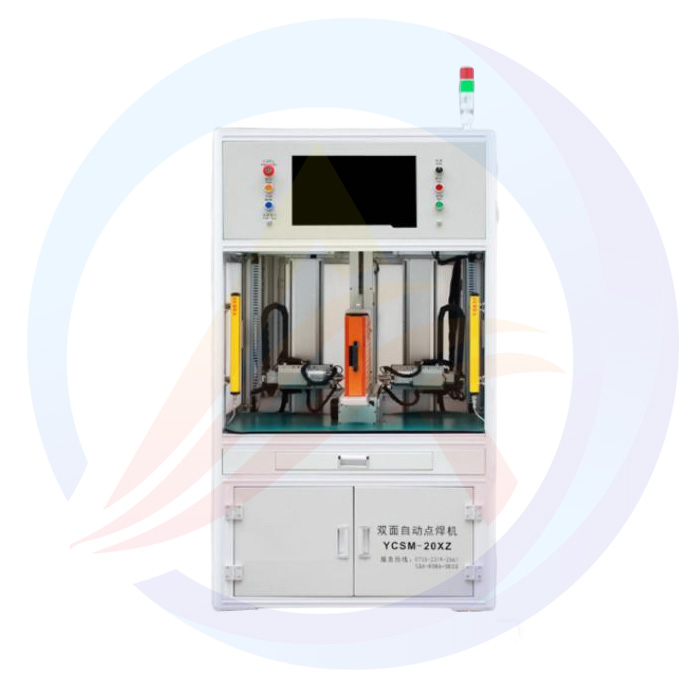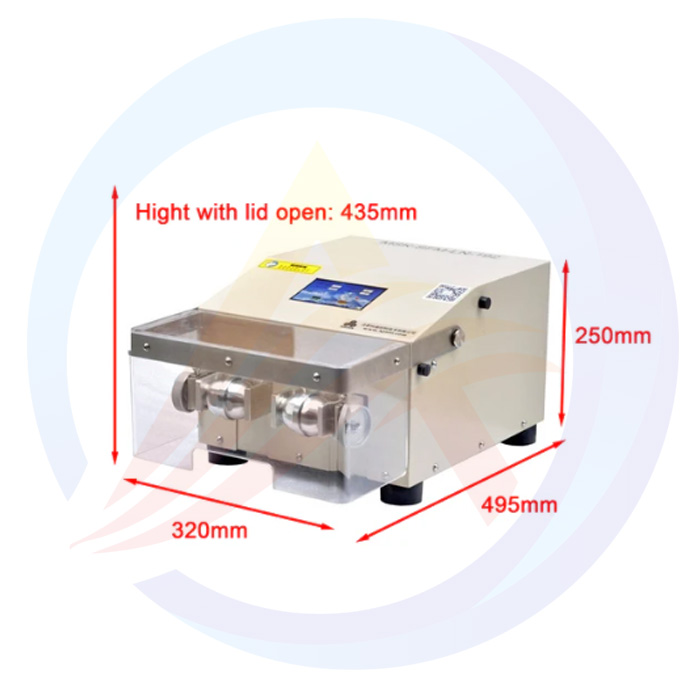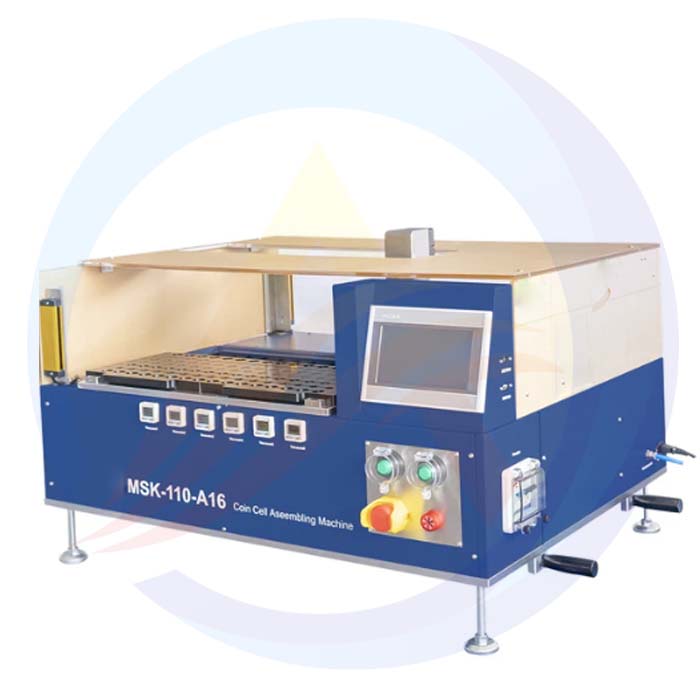In today's world, against the backdrop of the global energy transition and the pursuit of "dual - carbon" goals, the battery industry is undergoing a momentous green development revolution. This green development encompasses every aspect of the industry, from the materials used and production processes to the recycling of used batteries. Companies are actively engaged in reducing environmental impact and advancing sustainability across the entire value chain.
I.Eco - Friendly Material Alternatives: The Foundation of Green Development
Exploration of Renewable Raw Materials: A few enterprises are seeking non - traditional alternatives, which is a crucial step in green development. For instance, Japan's PJP Eye uses organic carbon from textile waste cotton to make battery electrodes. This approach not only reduces reliance on scarce metals like lithium and cobalt but also offers faster charging and longer lifespan. It represents a novel pathway for eco - material application in green development.
High - Performance Separator Innovation: Tayho Tex's aramid - coated separators, crafted from high - temperature - resistant polymers, boost battery safety and longevity while cutting solvent use in production. They're applied in high - end cars like the Tesla Model S, steering separators towards eco - friendly, high - performance evolution.
Negative Electrode Material Enhancement: The industry is embracing silicon - carbon negative electrode technology to boost energy density and cut material use. CATL plans to launch its second - generation sodium - ion battery in 2025, with a lithium - sodium hybrid design to ease lithium resource strain.
II.Energy - Saving and Consumption Reduction: Key to Green Development
Upgraded Production Equipment: Jia Sheng Environment's JieFeng ultra - low - dew - point dehumidifier, leveraging AI algorithms and heat pump technology for waste heat recovery, cuts dehumidification energy use in lithium - battery workshops by 40%, saving millions annually per facility.
Optimized Process Design: Following the "Energy - Saving Technical Specifications for Lithium - Ion Battery Production," companies lower energy consumption via centralized production lines, shorter transport routes, and heat - recovery systems. For example, solvent recovery in electrode - coating drying reaches 99%, reducing both emissions and energy use.
High - Energy - Consumption Process Transformation: For the energy - intensive graphite carbonization process (60% - 70% of total electricity use), companies adopt continuous carbonization technology, slashing unit energy consumption to below 5,000 kWh per ton from 8,000 kWh, and combine it with green electricity to further reduce the carbon footprint.
III.Pollution Reduction and Circular Economy: Essential for Green Development
Efficient Used - Battery Recycling: Jerry Environmental's electrified crushing and separation equipment recovers 98% of metals like lithium, nickel, and cobalt, with 98% purity and a 20,000 - ton - per - year capacity. RuiDa New Energy, via hydrometallurgy and one - step extraction, achieves a 96.8% lithium recovery rate with compliant emissions, processing 124,000 tons of used batteries annually.
Closed - Loop Utilization of Production Waste: Some firms establish a "production - recycling - regeneration" closed loop. RuiDa New Energy, for example, disassembles spent ternary batteries to make precursor materials for new batteries, creating a full resource - recycling chain.
Clean Production Processes: Dry - electrode technology and water - based binders are adopted to cut solvent use. Leading enterprises like CATL and BYD have applied these in mass production lines.
IV.Full - Industry - Chain Collaboration and Extended Responsibility: Driving Green Development
Whole - Lifecycle Management: Shandong DeJin New Energy has built an "electrode - module - energy - storage - system" full chain, with products EU carbon - footprint - certified. RuiDa New Energy uses 5G and AI for battery traceability, tracking each cell's entire journey.
Regional Industrial Cluster Development: Ningxia, with its dry climate and green - power edge, is developing an integrated "precursor - positive / negative - electrode - material - battery - recycling" chain, attracting companies like Shanshan Energy and Sinchem Group to enhance regional green - manufacturing synergy.
Addressing International Environmental Barriers: To meet the EU's Carbon - Footprint Requirements for Batteries, Chinese companies are boosting overseas green - power capacity. Jia Sheng Environment has a Hungarian subsidiary, and CATL's German plant runs on 100% renewable energy, facilitating green overseas expansion.
V.Challenges and Future Directions for Green Development
Despite significant progress, the industry faces overcapacity and product homogenization. Future priorities include:
Solid - State Battery Commercialization: Expected by 2025, it will further reduce electrolyte pollution risks.
Digital Empowerment: Using AI to fine - tune production parameters for precise energy and emissions control.
Policy Coordination: Aligning with the Massive Equipment Upgrade Action Plan to phase out backward capacity and channel funds into green - tech R&D.
Conclusion
The battery industry's journey towards green development is a comprehensive transformation that spans material science, manufacturing, and business models. From recovering precious metals from "black powder" to using cotton - based alternatives for graphite, enterprises are proving that environmental and economic goals can align in the pursuit of green development. As the global carbon - neutrality drive intensifies, continuous innovation and full - chain collaboration will be essential to shift from "green manufacturing" to "manufacturing green," propelling sustainable global development.

